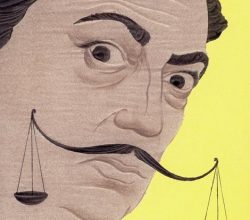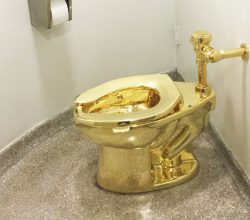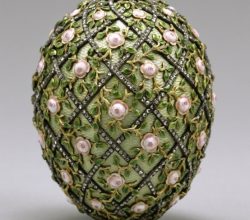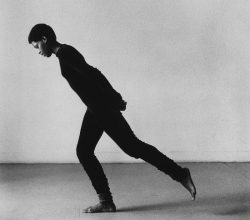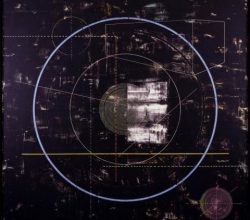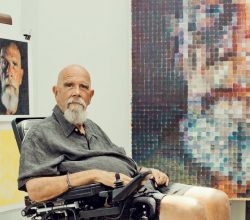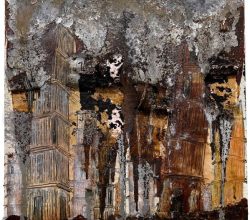
Kiefer Rodin at The Barnes
Julia Cliff | Title | 18th December 2017
Kiefer’s visit to Musée Rodin has led to an exhibition about the “compelling dialogue” between the two artists. Their interests overlap – Rodin’s passion for Gothic cathedrals and Kiefer’s interest in sculpture/architecture. Sadly, and not for the first time, hackles are raised by the more erotic works. Rodin’s drawings carry “a whiff of misogyny” while Kiefer’s are “woefully unskilled and fail utterly to transcend their perviness.”

